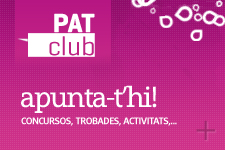carding machines
Hierarchy classification:
Additional parents:
Related term/s
Alternative term/s
- card clothing machine
- card clothing machines
- carding machine
- carding-engine
- carding-machine
- machines, carding
- textile carding machine
- wool comb
Anotations
Scope note:
Mechanized devices used to increase the quality of textile materials by removing impurities, blending raw materials, and untangling/cleaning textile fibers. These devices are typically fitted with sturdy fabrics embedded with wire teeth or pins, which are used to cover a series of cylinders that rotate at varying speeds. Loose fibers are separated, removed, and/or disentangled as textile materials pass through the devices' rotating cylinders and encounter the sharp wire teeth. These machines alleviated the problem of hand carding, a task that slowed the newly mechanized production of textiles in the 18th century. Several inventors developed machines to perform carding, including John Kay, Oliver Evans, Lewis Paul, R. Arkwright, and Johann Bodmer. Mechanized devices used to increase the quality of textile materials by removing impurities, blending raw materials, and untangling/cleaning textile fibers. These devices are typically fitted with sturdy fabrics embedded with wire teeth or pins, which are used to cover a series of cylinders that rotate at varying speeds. Loose fibers are separated, removed, and/or disentangled as textile materials pass through the devices' rotating cylinders and encounter the sharp wire teeth. Mechanized devices, typically comprising a series of steel rollers, gears, and a rotating steel drum with steel bristles, designed to comb, blend, and align the fibers of raw cotton or wool in preparation for subsequent spinning processes. When passed through the device's rollers, drum, and bristles, raw materials are rid of impurities and transformed into long fleecy rolls of blended sliver. First invented in England by both Daniel Bourne and Lewis Paul in the 1740s, these devices ultimately replaced manul carding due to their speed and efficiency.


